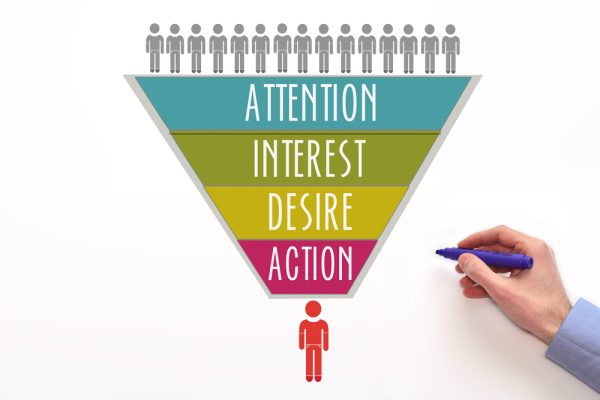Learning from Both Wins and Losses
Successful A/B tests can validate the assumptions made during the hypothesis phase and solidify the testing method you’ve adopted. But it’s equally important to learn from the tests that didn’t hit the mark. These can reveal flawed assumptions or execution issues, offering invaluable lessons for future testing.
Unexpected user preferences or behaviors often come to light in unsuccessful A/B tests, challenging your preconceived notions. By examining both wins and losses, you can uncover hidden biases or gaps in understanding your audience. This balanced approach to test analysis cultivates a culture of continuous learning and improvement, ensuring that both victories and defeats shape the evolution of your strategies.
Applying Insights to Optimize Future Tests
Optimization through A/B testing is an ongoing cycle. Ending your experiments too early can hinder their potential benefits. Even after a campaign’s success, it’s recommended to keep testing individual elements to pinpoint the most optimized version. By repeating A/B testing with diverse user segments, you can refine product improvements that foster adoption while minimizing the risk of user churn.
The ‘Repeat’ stage involves:
- Analyzing past and current test results to extract lessons for future tests
- Enabling ongoing optimization and refinement
- A perpetual cycle of hypothesizing, testing, learning, and applying—each step informed by the last, each decision sharpened by previous insights










